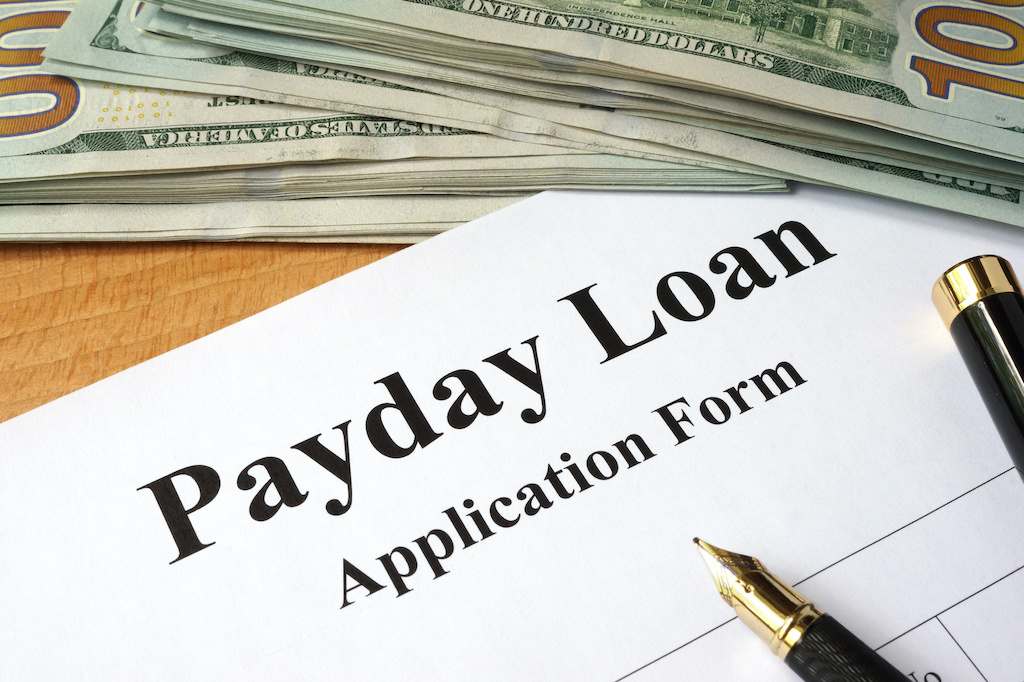Payday Loans: A prevalent financial tool, shrouded in controversy, warrants a comprehensive examination. This discourse delves into the intricacies of payday loans, analyzing their purpose, prevalence, regulations, industry dynamics, potential benefits and risks, and alternative financial solutions.
The payday loan industry, characterized by intense competition and evolving business models, plays a significant role in providing short-term financial assistance. However, concerns regarding responsible lending practices and the impact on borrowers necessitate a thorough investigation.
Payday Loan Overview
Payday loans, also known as cash advances, are short-term, high-interest loans designed to provide borrowers with quick access to cash until their next payday.
Payday loans are primarily used by individuals with limited access to traditional credit options, such as those with low credit scores or irregular income. According to the Consumer Financial Protection Bureau (CFPB), approximately 12 million Americans use payday loans each year, with an average loan amount of $375.
Regulations and Laws
The regulations and laws surrounding payday loans vary across different jurisdictions. In the United States, payday loans are regulated at the state level, with each state having its own set of laws governing the industry. Some states, such as New York and New Jersey, have strict regulations that limit the amount of interest that can be charged on payday loans and require lenders to provide borrowers with clear information about the terms of the loan.
In other states, such as Texas and California, payday loans are less regulated, allowing lenders to charge higher interest rates and impose more fees.
Payday Loan Industry Analysis: Payday Loans
The payday loan industry has experienced significant growth in recent years, driven by factors such as rising financial instability and limited access to traditional banking services. Major players in the industry include Advance America, Cash America International, and Check ‘n Go.
These companies have established a strong market presence through extensive branch networks and aggressive marketing campaigns.
Business Models and Revenue Streams
Payday loan companies typically operate on a short-term lending model, providing small loans with high interest rates and short repayment periods. The primary revenue stream for these companies is interest and fees charged on loans. To generate additional revenue, some companies offer ancillary services such as check cashing and money orders.
Competitive Landscape
The payday loan industry is highly competitive, with numerous companies vying for market share. Key competitive factors include:
- Pricing:Payday loan companies compete fiercely on interest rates and fees, with rates varying significantly across lenders.
- Marketing:Companies employ various marketing strategies, including online advertising, direct mail, and in-store promotions, to attract customers.
- Customer Acquisition:Acquiring new customers is crucial for growth. Companies use loyalty programs, referral bonuses, and partnerships with other businesses to expand their customer base.
Payday Loan Impact and Alternatives
Payday loans provide short-term financial relief, but they come with potential benefits and risks. Responsible lending practices involve thorough credit checks, clear loan terms, and affordable repayment plans. Irresponsible practices include excessive fees, high interest rates, and predatory lending.
Alternative Financial Solutions, Payday Loans
For individuals who need short-term loans, alternative financial solutions exist:
- Credit Unions:Offer small-dollar loans with lower interest rates and more flexible repayment terms.
- Community Development Financial Institutions (CDFIs):Provide loans and financial counseling to underserved communities.
- Nonprofit Lenders:Offer low-interest loans and financial education programs.
- Peer-to-Peer Lending Platforms:Connect borrowers with investors who lend money at competitive rates.
Conclusive Thoughts

In conclusion, payday loans present a complex financial landscape with both potential benefits and risks. Understanding the regulations, industry practices, and alternative solutions is crucial for informed decision-making. As the debate continues, it is imperative to strike a balance between access to credit and responsible lending to ensure fair and equitable financial outcomes.
Common Queries
What are the key features of payday loans?
Payday loans are typically small, short-term loans with high interest rates, designed to bridge financial gaps until the borrower’s next payday.
How prevalent are payday loans?
Payday loans are widely used, with millions of Americans relying on them annually.
What are the potential benefits of payday loans?
Payday loans can provide quick access to cash for unexpected expenses or emergencies.
What are the potential risks of payday loans?
Payday loans can be expensive and lead to a cycle of debt if not managed responsibly.
What are some alternative financial solutions to payday loans?
Alternative financial solutions include credit counseling, debt consolidation, and short-term personal loans from banks or credit unions.